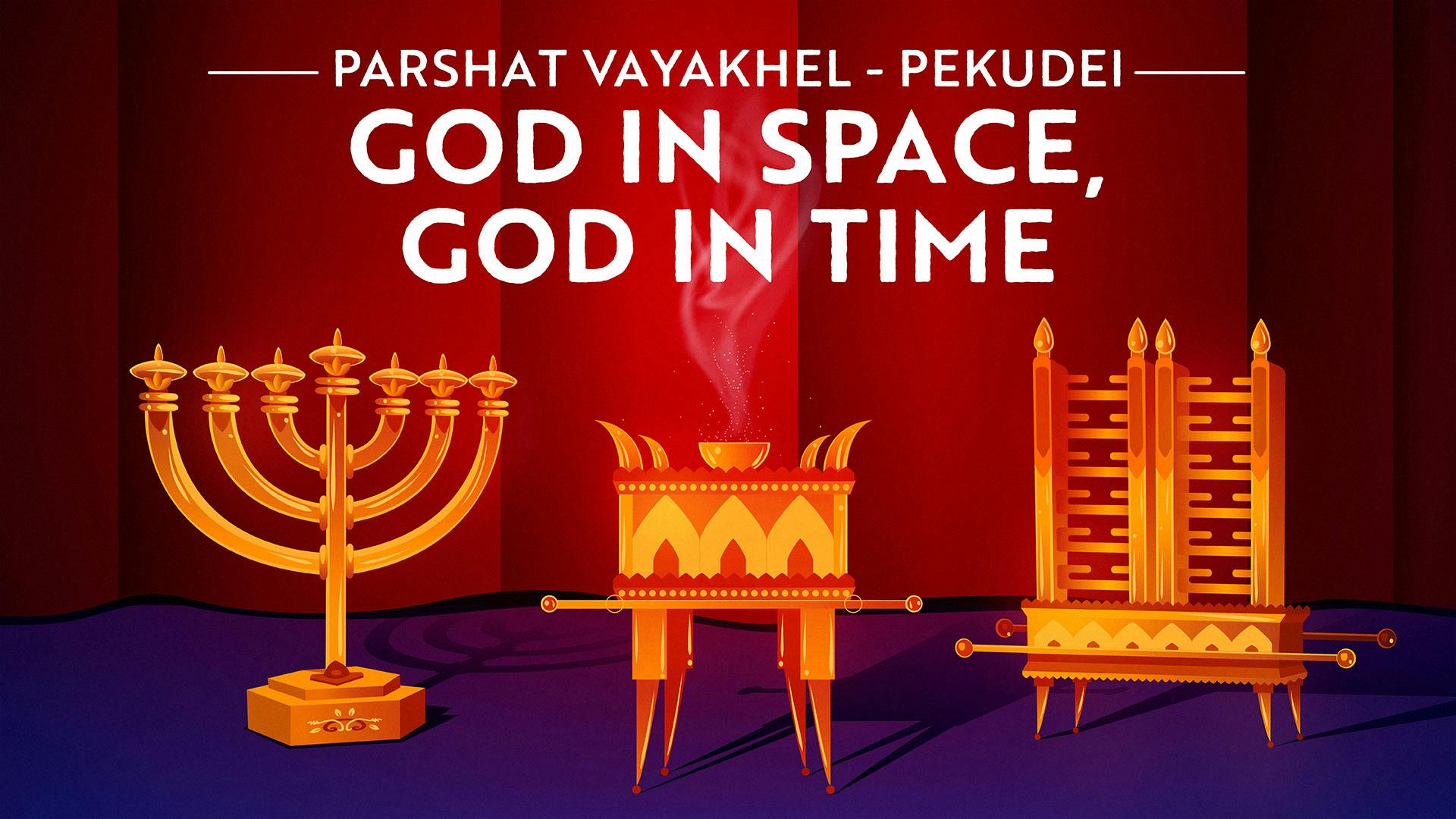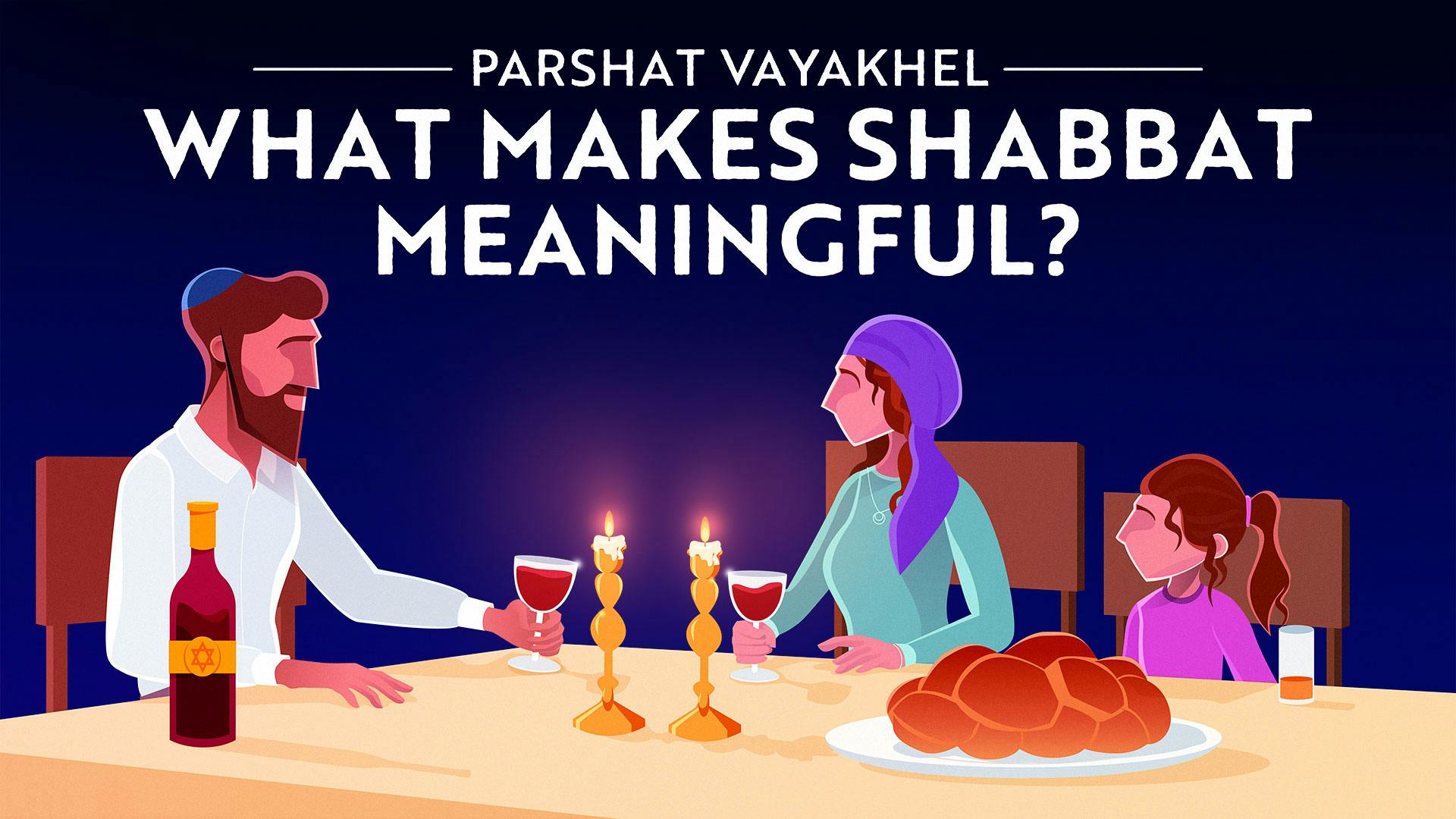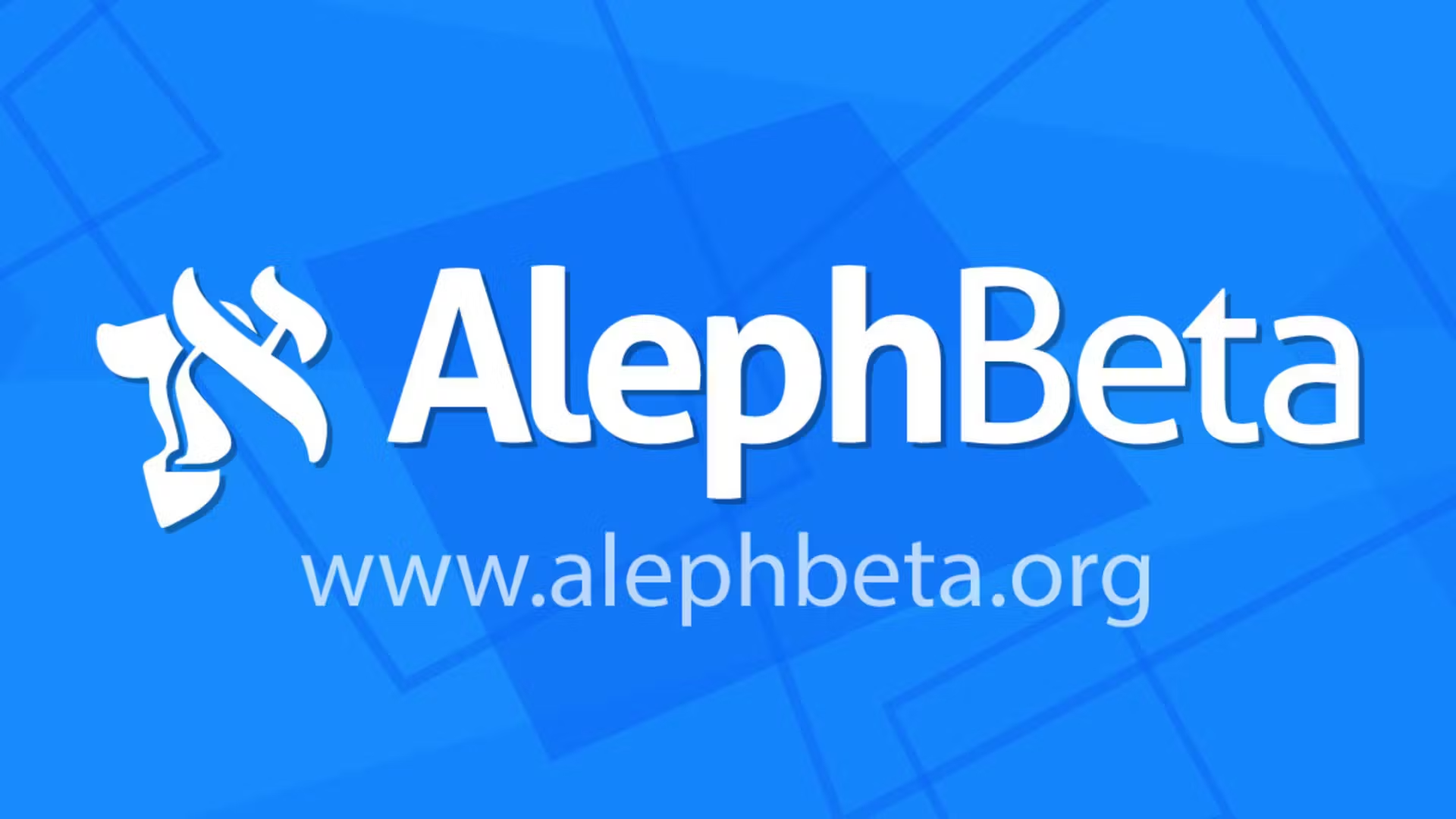
What is Considered Work on Shabbat?
What Is and Isn’t Allowed on the Sabbath?
BY Ari Levisohn | February 8, 2024 | 4 Minute Read
Which Types of Work are Forbidden on Shabbat?
The Torah commands us to rest from work on the seventh day, but what exactly counts as work? Why is getting a haircut considered work on Shabbat, but sweeping the floors isn’t?
The rules of work on Shabbat are complex and often counterintuitive, so where do they come from?
The 39 Melachot (Categories of Work)
The Mishna (the oldest book of Halacha, Jewish law) actually lists 39 individual categories of work called Av Melachot, אב מלכות. They are:
(1) sowing, (2) plowing, (3) harvesting, (4) binding, (5) threshing, (6) winnowing, (7) selecting, (8) grinding, (9) sifting, (10) kneading, (11) baking, (12) shearing wool, (13) bleaching, (14) combing, (15) dyeing, (16) spinning thread, (17) stretching thread, (18) making two loops, (19) weaving, (20) splitting threads, (21) tying, (22) untying, (23) sewing, (24) tearing, (25) trapping an animal, (26) slaughtering, (27) skinning an animal, (28) salting, (29) tanning hide, (30) smoothing, (31) making lines to cut, (32) writing, (33) erasing, (34) building, (35) demolishing, (36) extinguishing, (37) kindling, (38) striking final blow with a hammer, (39) carrying.
Any work that is forbidden on Shabbat has to be an extension of one of these categories of labor. For instance, cutting hair is an extension of shearing wool, so it is forbidden. But sweeping the floor—however much you may dread this chore—has no analogue in these 39 categories and is therefore permitted.
But where did the Rabbis of the Mishnah get these 39 specific categories?
Where Do These Rules Come From?
The Mishkan (Tabernacle.) Any type of labor that was done in constructing the Mishkan is forbidden on Shabbat. Any type that wasn't is not forbidden on Shabbat.
Wait, what?! Why would the Mishkan have anything to do with the laws of Shabbat?
Well, the Rabbis learn it from a juxtaposition. Right after the Torah finished instructing the Israelites to build the Mishkan in Exodus 31 it moves immediately into a discussion about the Sabbath. Why? To teach us that even the holy work of building the Mishkan must be put to rest on the seventh day. But not just this. The rest that was done from building the Mishkan actually defines what it means to rest on Shabbat. Those, and only those, categories of work done to build the Mishkan are forbidden on Shabbat
This is fine as a textual explanation, but doesn’t it leave you feeling like something is missing? Why would Shabbat and the Mishkan be so intimately tied together that the building of the Mishkan defines what we know as work and rest today? Doesn’t that seem just a little… random?
The Real Connection Between Shabbat and the Mishkan
In this video Rabbi David Fohrman, explores exactly that question. It turns out, there is nothing random at all about this connection. In fact, Rabbi Fohrman reveals a remarkable insight into the meaning of the Mishkan itself, what it means to be created in the image of God, and, ultimately, how we are meant to relate to our rest on Shabbat. Watch now and never look at Shabbat the same way again.
More Videos on the Meaning Behind What We Do

Did God Really Need To Rest? Shabbat's Role In Judaism
Video series • Part 1 of 4 • 8 min
One of the most sacred traditions in Judaism is our weekly celebration of Shabbat, our “day of rest,” when we commemorate that God “rested” after His six days of creation. But wait–why would an omnipotent God need to rest? Yes, He created the universe – but He’s infinitely powerful! And why would we celebrate Shabbat by emulating the day God rested, not the mind-blowing six days of creation before it? What did God do on His day of rest that was so incredible?

The Importance Of Shabbat In All Jewish Holidays
Video • 9 min
In our Torah reading for holidays, we not only recite the laws of holidays, we include shabbat, and oddest of all, some laws about sacrificing animals. What do all these laws have to do with one another? In this video, Rabbi Fohrman makes a fascinating argument about how Shabbat works and shows that there are shabbatot in different realms.

The Significance Of Keeping The Sabbath
Video • 12 min
This week, Rabbi Fohrman examines a description the Bible gives of Sabbath and asks, what does it mean to bring God into this world through space and through time? In this video, Rabbi Fohrman examines melacha and explains that time and space are the two realms in which we explore our connection with God.

The Meaning And Purpose Of Refraining From Work On Shabbat
Video • 13 min
Let's be honest – what really makes shabbat meaningful? Is it spending time in prayer and meditation, or is it spending time with friends and family, even, often, more so than God?

